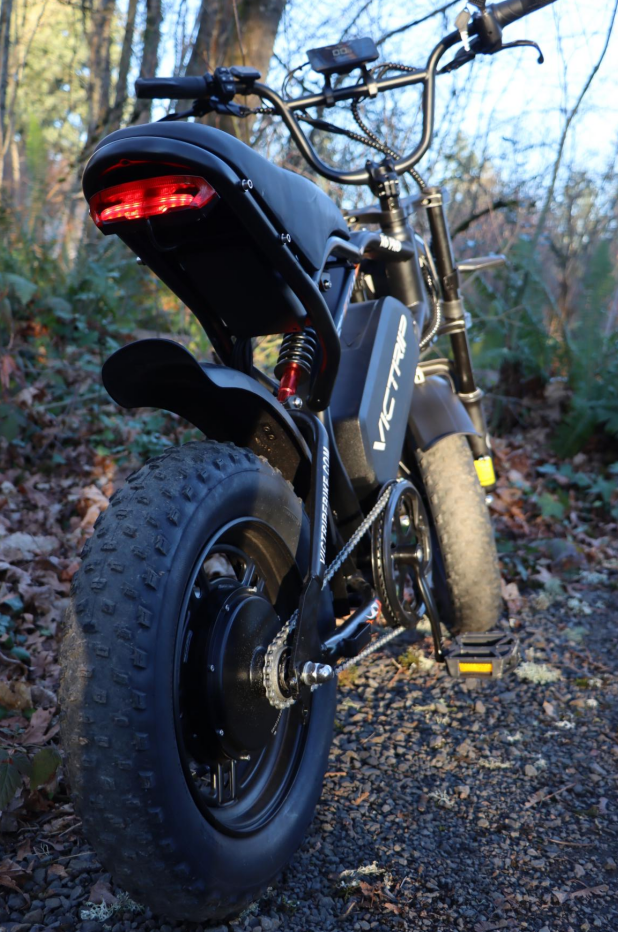From Battery Safety to Proper Riding
Electric bikes (E-BIKE) have rapidly gained popularity worldwide, particularly in urban settings. They are not only energy-efficient transportation options but also serve as convenient cargo solutions for households and businesses. However, with their growing usage, questions about their safety and proper use have come to the forefront. In this post, we’ll address some of the most common concerns and offer tips for safe usage and maintenance.
1. Electric Bike Battery Safety
As e-bikes become more widespread, battery safety is a crucial topic. While the risk of battery fires is relatively low, incidents involving low-quality batteries can have serious consequences. Many of these fires are caused by poorly manufactured batteries designed to cut costs.
How to Ensure Battery Safety:
- When purchasing an e-bike, prioritize batteries with UL certification, which ensures they’ve passed strict safety tests.
- Regularly inspect your battery for damage, such as cracks or overheating.
- Use only compatible chargers and charge your e-bike in a dry, ventilated area.
2. Ideal Uses for Electric Bikes: Urban Commuting and Beyond
Electric bikes aren't just for personal commuting; they’re also widely used for transporting goods and family outings. For example, many families have turned to cargo e-bikes to shuttle kids or run daily errands. These e-bikes not only have a high load capacity but also help reduce the need for cars, easing urban traffic congestion.
Additionally, folding e-bikes are gaining popularity in urban environments, especially for those who want to carry their bike onto public transport or easily store it at the office. These models are designed to be lightweight and convenient to operate.
3. How to Choose the Right Electric Bike for You
When choosing an electric bike, it's essential to consider your usage, budget, and personal preferences. Here are a few recommendations:
- Commuter e-bikes: Ideal for daily travel, these bikes are lightweight and typically have long battery life, making them perfect for city roads.
- Off-road e-bikes: Designed for adventure enthusiasts, these bikes feature robust tires and extended battery range for rough terrains.
- Cargo e-bikes: If you need to transport goods or passengers, choose a model with a higher load capacity.
4. Maintenance and Safety Tips for Electric Bikes
To ensure your e-bike lasts longer and stays safe, regular maintenance is crucial. Here are a few tips:
- Battery Care: Avoid fully depleting the battery before recharging. Keeping it between 20%-80% can prolong its lifespan.
- Check Tires and Brakes: Make sure your tires are properly inflated, and your brakes are responsive to ensure a safe ride.
- Protect the Bike Frame: Avoid riding in heavy rain to prevent moisture from damaging electronic components. Regularly clean the bike frame to prevent rusting.
5. Smart Electric Bikes: The Future of Cycling
The future of e-bikes is becoming increasingly smart. Many e-bikes now come equipped with features like GPS navigation, ride data tracking, and anti-theft systems. These features enhance both safety and user convenience. For instance, through a mobile app, you can monitor battery health, plan routes, and even remotely lock the bike.
Conclusion
Electric bikes offer an eco-friendly, convenient mode of transportation that can greatly enhance urban life. However, as riders, we must prioritize safe usage and proper maintenance, particularly with respect to battery safety. By staying informed and following these guidelines, you can enjoy the benefits of an e-bike while minimizing risks.




Share: